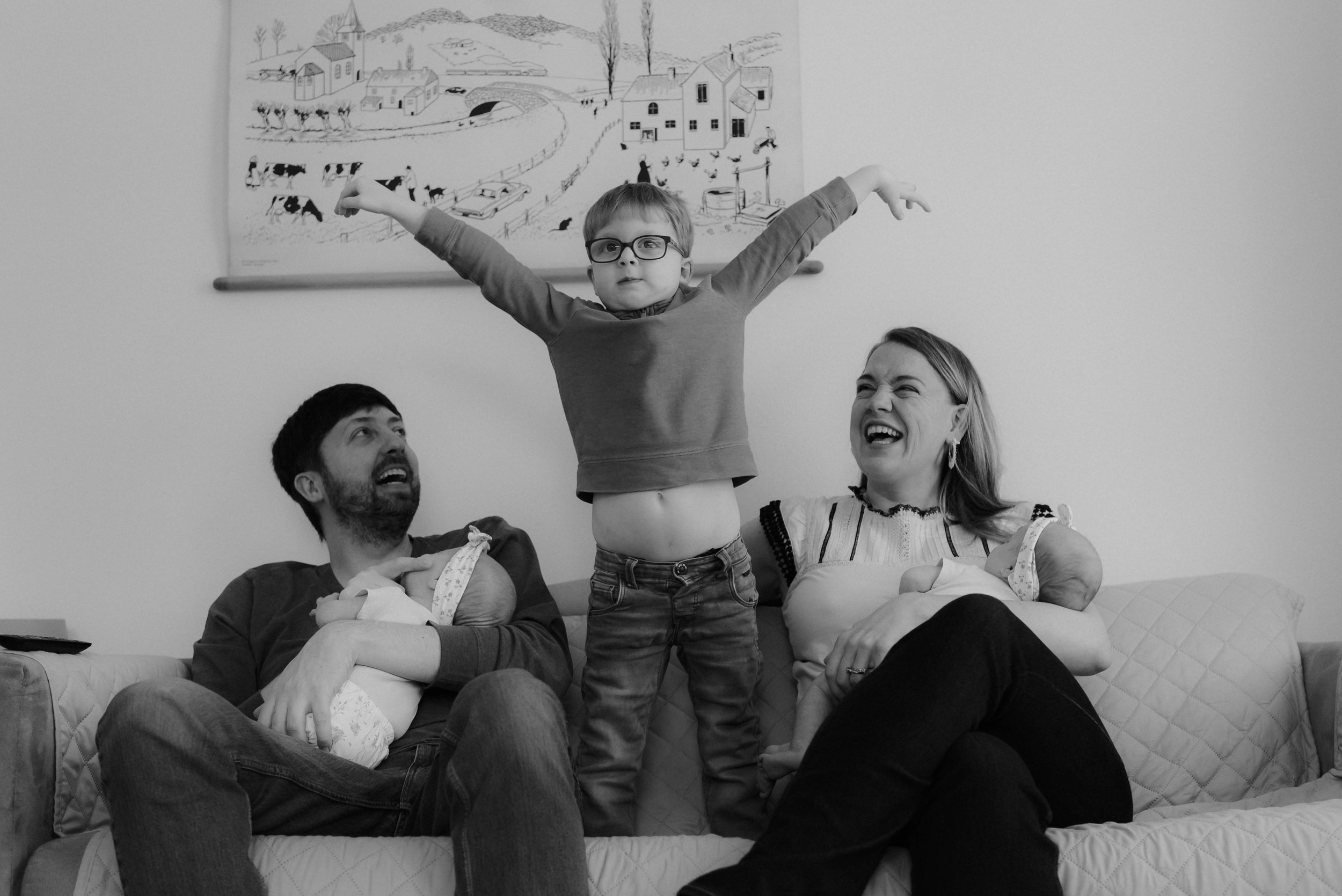Loeys-Dietz Awareness: A Caregiver’s Perspective
Loeys-Dietz Awareness Month is a time to recognize the signs and symptoms of Loeys-Dietz Syndrome (LDS) to obtain a timely diagnosis and treatment. For Joy Van Staalduinen, whose husband and three children have LDS, it’s also about raising awareness of the physical and emotional challenges caregivers face every day.
“I want people to know that we are often holding our breath much of the time,” Joy said. “Before going to a medical appointment, you’re a ball of nerves, waiting to hear if someone you love will need life-altering surgery.”
Genetic Testing Provides Answers
When Joy met her husband, James, he told her that he might develop heart issues as he aged. His doctor suspected Marfan syndrome, though James never underwent genetic testing.
“He told me he thought he had Marfan syndrome and that I should just dump him,” she stated. “I said absolutely not!” That was 15 years ago.
In 2014, Joy and James married, and five years later, they moved from North Carolina to the Netherlands for a new adventure. In 2020, they welcomed their first child, Emmett.
Joy’s pregnancy was smooth, and Emmett was born with no complications. His childhood development was in typical range, hitting his milestones within usual timeframes. But during a routine checkup at age two, doctors noticed that his knees bent inward slightly—a potential concern. A referral to physical therapy led to further screening with a specialized interdisciplinary team, including a geneticist, pediatric physical therapist, cardiologist, neurologist, and physician’s assistant.
“I couldn’t ask for anything better – to have all these experts in one room doing an assessment,” she said. “The team decided if Dad may have Marfan syndrome, then we should do testing. [James’s] test came back negative for Marfan but positive for Loeys-Dietz. Emmett was then tested and diagnosed at age three.”
During this life-changing news, Joy found out she was expecting identical twin girls.
Navigating Medical Challenges
Following James’ LDS diagnosis, doctors conducted a thorough evaluation and discovered his aorta had dilated and he would need surgery. Shortly after the twins’ birth in April 2024, James underwent valve-sparing aortic root replacement surgery.
With James in the hospital for a week and out of work for months, Joy’s family flew in from the U.S. to help.
“It was incredibly hard—every bit as difficult as you’d imagine,” Joy recalls. “Having a four-year-old, newborn twins, and a spouse undergoing major surgery was overwhelming. But we were fortunate that in the Netherlands, returning to work is a gradual process after something like this happens.”
Despite the challenges, Joy was grateful for the time James had to recover while still being present for their family. “My husband is my best friend, so getting to care for my best friend during the worst time of his life was an honor,” she said.
The Twins’ Diagnosis and Early Care
Shortly after birth, Joy’s twin daughters tested positive for LDS through umbilical cord blood testing. Within two months, they had their first echocardiograms and were screened for hip dysplasia, a common issue in LDS patients. Both girls required harnesses to aid their hip development and undergo physical therapy.
“One of them recently rolled over which is a big deal because they have to work a lot harder than most babies given what they have been through,” said Joy. “I cried because I was so proud. Seeing your kids go through things that other kids don’t have to is difficult, but it also makes you celebrate things differently. Every parent is proud when their child has accomplishments, like rolling over, but I am over the moon. Just to see the way they develop and their determination, it gives me so much joy.”
Ongoing Care
The family receives ongoing treatment at one of the largest hospitals in the Netherlands. Their children attend an annual Marfan clinic for those with connective tissue conditions, where a multidisciplinary team of specialists provides comprehensive evaluations and treatment plans.
Though Joy embraces her role as a caregiver, she acknowledges its toll.
“My family are my favorite people in the world, but it is draining emotionally, physically, mentally, and spiritually,” she said. “You can only run on autopilot for so long. Once my husband started to get better, I took a deep breath and realized I was drowning.”
Joy sought help from a mental health therapist, who has been instrumental in helping her process the challenges of caring for a family with LDS.
Finding Support in Community
Joy has also found connections through the Loeys-Dietz Syndrome Foundation’s international support group, which meets monthly. The group provides a space where those with LDS and their caregivers can connect and share their experiences. Through this group, Joy has found solidarity.
“There are people who aren’t going to say it gets better’ but there are people who will say, ‘we will get through this together,’ Joy said.
She recalls one particularly tough day when she nearly skipped a meeting. “I had spent the day at the hospital with the twins and was exhausted. But I joined anyway. I was told, ‘You showed up. Just like you showed up for your kids, you showed up here, and that’s what matters.’ That meant everything to me.”
Prioritizing Caregivers’ Well-Being
Joy emphasizes the importance of caregivers prioritizing their own mental health.
“You can’t pour from an empty cup,” she said. “Take care of your mental health—see a therapist, join a support group, and get enough sleep. Caregivers often feel like they have to do everything, but you have to take care of yourself to keep taking care of others.”
_____________________________
March is Loeys-Dietz Awareness Month! Help spread awareness - learn how at loeysdietz.org/awarenessmonth.
Get connected and find support. View a listing of upcoming LDSF events and support groups.


